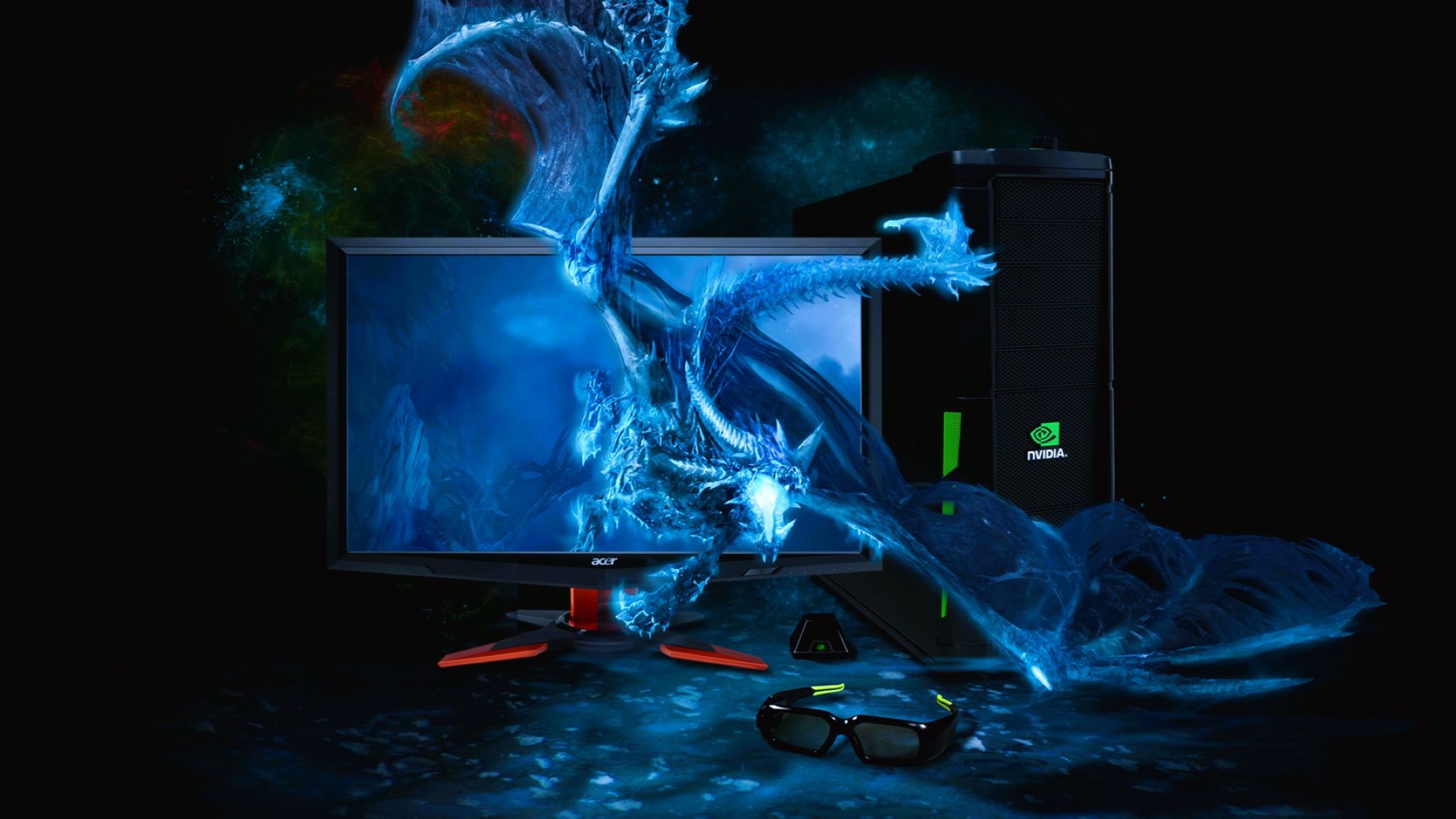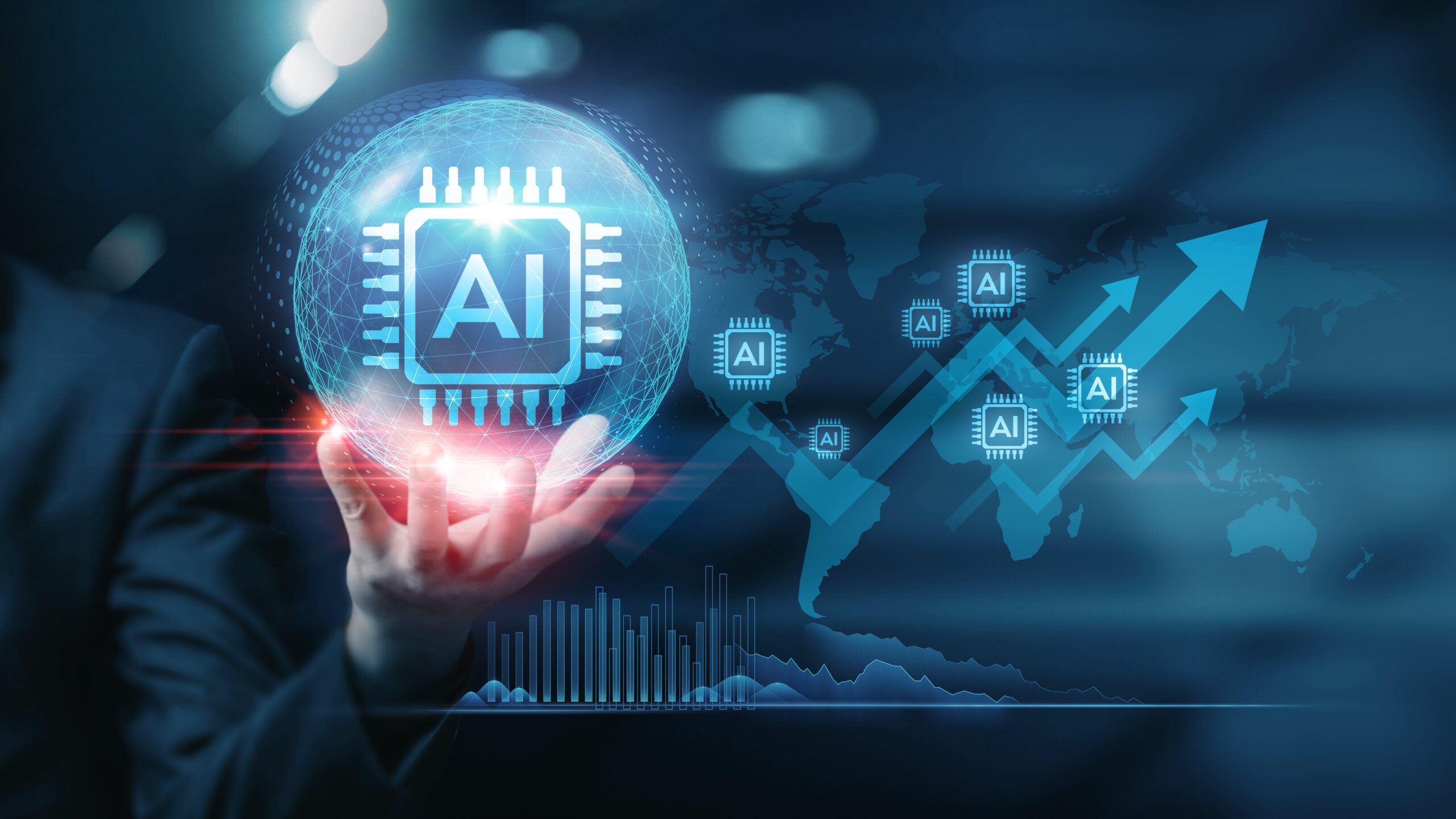Video games have come a long way from pixelated sprites to lifelike, cinematic experiences. And at the heart of this transformation is artificial intelligence (AI). One of the most exciting innovations in gaming today is how AI is revolutionizing character animations, making them more fluid, realistic, and responsive than ever before. But how exactly is AI reshaping character animations? Let’s dive deep into the details!
The Evolution of Character Animation in Video Games
The evolution of character animation in video games has been a journey of technological advancements and creative breakthroughs. In the early days, animations were relatively simple. Games featured 2D sprites, which were flat images that moved across the screen, and characters were restricted to a limited number of movement frames. This approach, while functional, lacked the depth and realism that modern players expect today. As the gaming industry progressed into the 1990s, the shift to 3D gaming marked a pivotal moment in animation. Motion capture (MoCap) technology was introduced, enabling developers to record real human movements and apply them directly to in-game characters. This allowed for more realistic and fluid animations, creating a significant improvement in the visual experience for players.
However, even with the rise of motion capture, traditional animation methods faced several challenges. First, it was costly and time-consuming. Animating a character still required a dedicated team of animators, often taking weeks or even months to perfect each movement. This high cost meant that developers were limited in the number of animations they could produce, and the process was far from efficient. Another significant limitation was the lack of interactivity. Pre-recorded animations were static, meaning they couldn’t respond dynamically to player actions. This often resulted in characters that felt unresponsive or artificial, breaking immersion in the game world. Additionally, the recycling of animations became a common practice, leading to repetitive movements that made characters seem robotic or predictable, detracting from the overall experience.
The introduction of AI-driven animation has begun to change this landscape. Artificial intelligence allows for the generation of real-time, dynamic animations that respond directly to player input. Rather than relying on pre-recorded movements, AI analyzes the game’s environment and the player’s actions, creating fluid, natural animations on the fly. This technology not only saves time and resources but also introduces a new level of realism and responsiveness to character movements. With AI, games can feature characters that move and react in ways that feel much more authentic, adapting to the player’s behavior rather than being limited to a fixed set of animations.
As AI continues to evolve, it holds the potential to further transform how character animations are created and experienced in video games. By enabling real-time, adaptive, and context-aware movements, AI can take gaming to new heights of realism, making characters more lifelike and responsive than ever before. The shift from traditional animation methods to AI-driven techniques marks the beginning of a new era in game design, one that promises even more immersive and engaging experiences for players.
How AI is Transforming Character Animations
- AI now allows for dynamic, real-time character animations, eliminating the need for pre-recorded movements. Instead of relying on fixed animations, AI predicts and generates movements as the game progresses, making characters more responsive and realistic.
- Deep learning is a key technology that powers AI’s ability to create realistic character animations. AI can analyze human motion patterns, predict natural body movements, and create adaptive animations that respond to the context of the game. This makes character actions feel more organic and less mechanical.
- AI-driven techniques are already being used in popular games like Red Dead Redemption 2 and The Last of Us Part II, enhancing the realism of character movements and interactions within the game world.
- Procedural animation is another AI-powered technique that makes character movements adjust in real-time based on their environment. For example, a character walking on slippery ice will naturally slip, struggle, and regain balance instead of following a fixed animation. This allows for more fluid and immersive experiences.
- Games like the Assassin’s Creed series use procedural animation to adjust characters’ movements based on the terrain they are walking on, making each environment feel unique.
- In Horizon Forbidden West, AI-powered procedural animation enables characters to interact dynamically with objects and the environment, reacting naturally to obstacles and changes in their surroundings. This adds a layer of realism and unpredictability, enhancing the overall gameplay experience.
AI-Driven Facial Animations: Breathing Life into Characters
| Feature | Description | Example Game(s) | Technology Used | Benefit to Gameplay |
| Realistic Facial Expressions | AI generates lifelike facial expressions based on emotions. | Cyberpunk 2077 | Neural Networks | Enhances immersion by making characters’ faces more expressive and emotionally dynamic. |
| Lifelike Lip-Syncing | AI ensures lip-syncing matches speech naturally across languages. | Cyberpunk 2077 | AI-powered Lip-Sync Algorithms | Provides seamless speech synchronization, improving dialogue interactions. |
| Emotion Recognition | AI dynamically adjusts a character’s expressions based on player actions and game events. | The Last of Us Part II | Emotion Recognition Algorithms | Characters react to player choices, creating more personalized, responsive experiences. |
| Adaptive Reactions in Cutscenes | AI adjusts subtle facial microexpressions during emotional moments. | The Witcher 3 | AI Emotion Recognition | Adds depth and realism to cutscenes, making emotional moments feel more impactful. |
| Context-Aware Expression Changes | AI tweaks facial expressions to reflect the context of interactions. | Horizon Zero Dawn | AI Contextual Expression Modeling | Ensures character faces align with the narrative, enhancing story immersion. |
AI-Enhanced Crowd and NPC Animations
In older video games, non-playable characters (NPCs) followed rigid, predefined paths, which often made game worlds feel static and lifeless. However, with the integration of AI, NPCs have become far more dynamic and responsive. AI now enables NPCs to react to player actions in a much more realistic manner, making the game world feel alive and interactive. For example, NPCs can now engage in conversations with one another, creating a sense of community and immersion in the game environment. Additionally, they are programmed to perform everyday tasks like shopping, eating, and sleeping, which adds layers of authenticity and depth to the game world. These advancements make open-world games feel more like living, breathing environments rather than simple, scripted experiences.
Games such as The Elder Scrolls V: Skyrim showcase how advanced NPC AI can enhance the immersion of a game. In Skyrim, NPCs follow their own schedules, complete with personal routines and activities, making them feel like they have lives beyond just interacting with the player. Similarly, Cyberpunk 2077 utilizes AI to make crowds react uniquely to player actions. Whether it’s people fleeing from danger or interacting with one another based on the player’s behavior, the reactions of NPCs in these games are diverse and context-sensitive, offering players a sense of agency in shaping the world around them.
Machine learning has further revolutionized NPC animations by allowing characters to adapt and learn from the player’s actions. This means that NPCs can create new, unique animations that better reflect their behavior or the environment in which they find themselves. For example, enemies can study and adapt to the player’s combat style, ensuring that each encounter feels fresh and unpredictable. Similarly, allies now respond more naturally in battle, adjusting their actions based on the player’s choices or the flow of the fight. Even background NPCs exhibit diverse movement patterns, preventing the game world from feeling repetitive and ensuring that every area feels unique and lived-in.
As AI continues to evolve, we can expect NPCs to become even more intelligent and adaptable, creating increasingly complex and reactive game worlds. From combat tactics to everyday behaviors, AI is transforming how NPCs interact with players, making the gaming experience more immersive and personalized. These advancements not only enrich the narrative but also offer players the opportunity to engage with their virtual surroundings in entirely new ways.
Real-Time Animation Adaptation: AI’s Next Big Leap
- AI-driven ragdoll physics is an important advancement in real-time animation. Traditional ragdoll physics, which is used to simulate character movements after they are incapacitated or killed, often resulted in awkward, unrealistic motions. AI has improved this by refining how characters fall, stumble, and show injury animations. This makes character interactions with their environment more believable and fluid.
- Games like Grand Theft Auto V showcase the power of AI-driven ragdoll physics. In this game, enemies react uniquely to being shot or tackled, with each impact producing a different, lifelike response. This creates a more immersive and realistic experience, especially when engaging in combat or chaotic moments.
- The Last of Us Part II uses AI to adapt character deaths based on the nature of the impact. Whether a character is shot from a distance or struck with blunt force, the game dynamically adjusts how the character reacts to make the death feel authentic and impactful.
- AI-generated combat animations are becoming more sophisticated, with AI learning from professional fighters to create unique and realistic combat styles. This means that, instead of relying on a set of pre-recorded animations for combat moves, AI can blend attack animations seamlessly based on the player’s actions or the context of the fight.
- As games adopt this technology, combat sequences are becoming more fluid, dynamic, and personalized, enhancing the player’s experience by allowing for real-time adaptation and a greater sense of immersion in every encounter.
The Role of AI in Motion Capture Improvements
| Feature | Description | Example Game(s) | Technology Used | Benefit to Game Production |
| AI-Powered Mocap Without Suits | AI generates motion capture data from regular video footage, eliminating the need for expensive motion capture suits and complex studio setups. | Hellblade II | AI-based Motion Capture | Reduces costs and makes MoCap technology more accessible, enabling smaller studios to use advanced animation techniques. |
| Faster Animation Processing | AI speeds up the processing of motion capture data, allowing animators to generate animations much more quickly. | Hellblade II | AI Motion Processing | Cuts down on production time, making the animation process more efficient. |
| Lower Production Costs | By eliminating the need for traditional motion capture setups, AI reduces overall production costs for animation. | Hellblade II | AI-Based Capture | Makes high-quality animation more affordable for game developers. |
| More Diverse Movement Styles | AI creates a broader range of movement styles by learning from a variety of video footage, offering more dynamic and diverse animations. | Hellblade II | AI Learning Algorithms | Ensures that characters exhibit unique and varied movements, making them feel more lifelike. |
| Enhanced Realism | AI-powered motion capture enhances the realism of character animations, with smoother transitions and more nuanced movements. | Hellblade II | AI Real-Time Animation | Pushes the boundaries of realism, offering more immersive and detailed character animations. |
The Future of AI in Character Animation
Looking ahead, AI holds the potential to revolutionize character animation in ways we haven’t yet fully imagined. One exciting possibility is the rise of AI-generated personalities in games. Future games could feature characters that are entirely driven by AI, developing their own unique personalities, mannerisms, and animations based on player interactions. These characters would adapt and evolve, offering more dynamic and personalized experiences for each player. Instead of following rigid scripts, AI-driven characters would be capable of learning and responding to the player in real-time, making them feel more like real people with their own traits and behaviors.
Another thrilling advancement on the horizon is the development of hyper-realistic AI avatars. With AI continuing to advance at a rapid pace, we can expect to see ultra-realistic digital avatars that move, speak, and emote just like real people. These avatars would have lifelike facial expressions and fluid body movements that adapt to the situation, creating an experience so immersive that it could blur the lines between the virtual and real worlds. Imagine a game where the characters’ facial expressions and gestures are as detailed and expressive as those of a live actor, providing an entirely new level of emotional depth and realism.
However, as exciting as these developments are, there is an ongoing ethical debate around AI animation. One major concern is the potential for job losses within the animation industry, as AI could replace traditional animators in certain areas. While AI can drastically speed up the animation process and reduce costs, some worry that it might devalue the human artistry that has shaped animation for decades. Additionally, there is the risk of becoming overly reliant on AI-generated content, potentially sacrificing creativity and the unique touch that human animators bring to the table. The key to a bright future in gaming animation lies in finding a balance between AI technology and human creativity, ensuring that AI enhances the process without replacing the important role of human artists in the industry.




